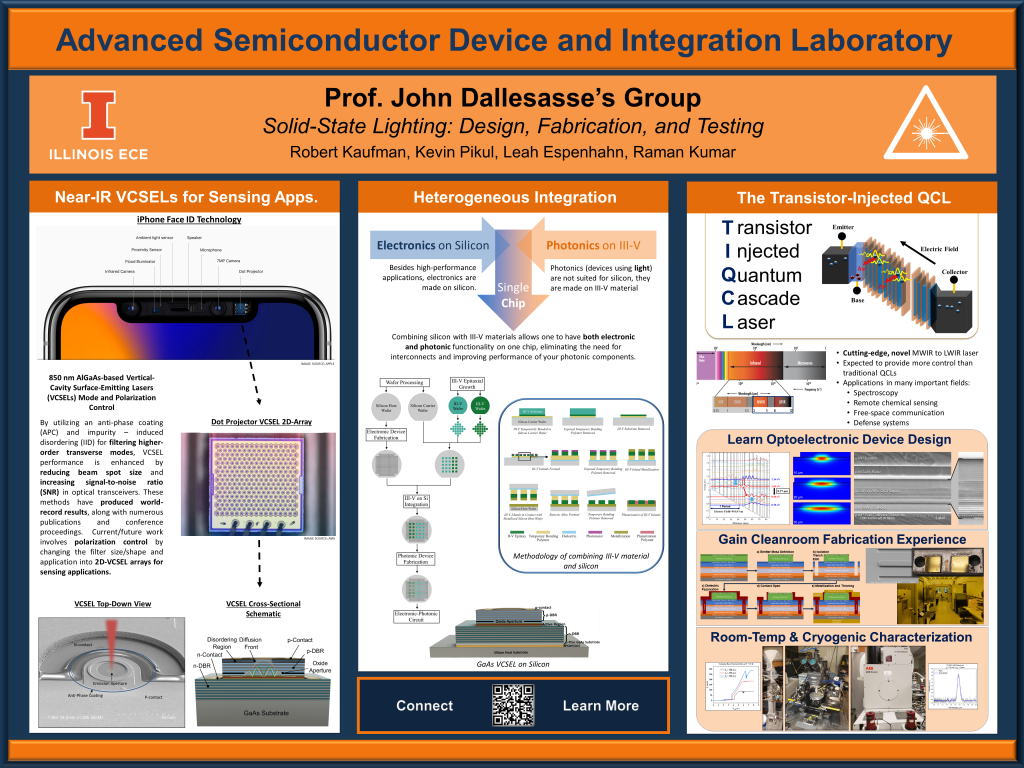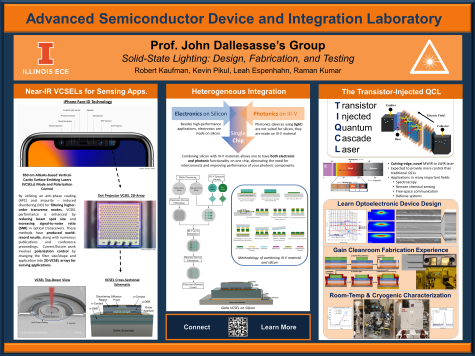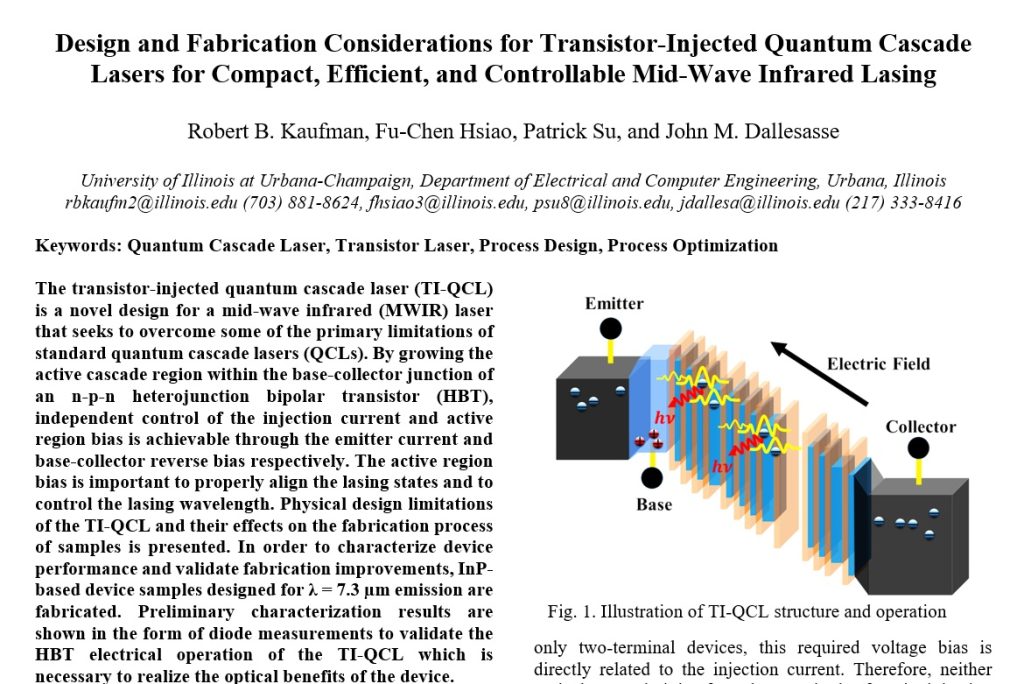Robert Kaufman, Kevin Pikul, and Leah Espenhahn present a high-level view on the research conducted within the group at the 2023 Engineering Research Fair. Over the course of two hours, 74 undergraduate students show interest in the group and the research being performed.




